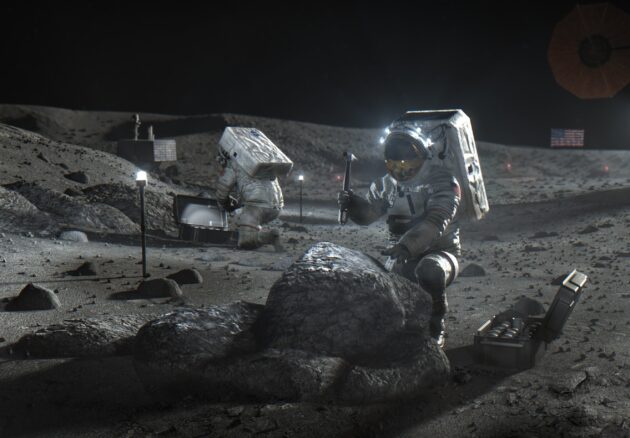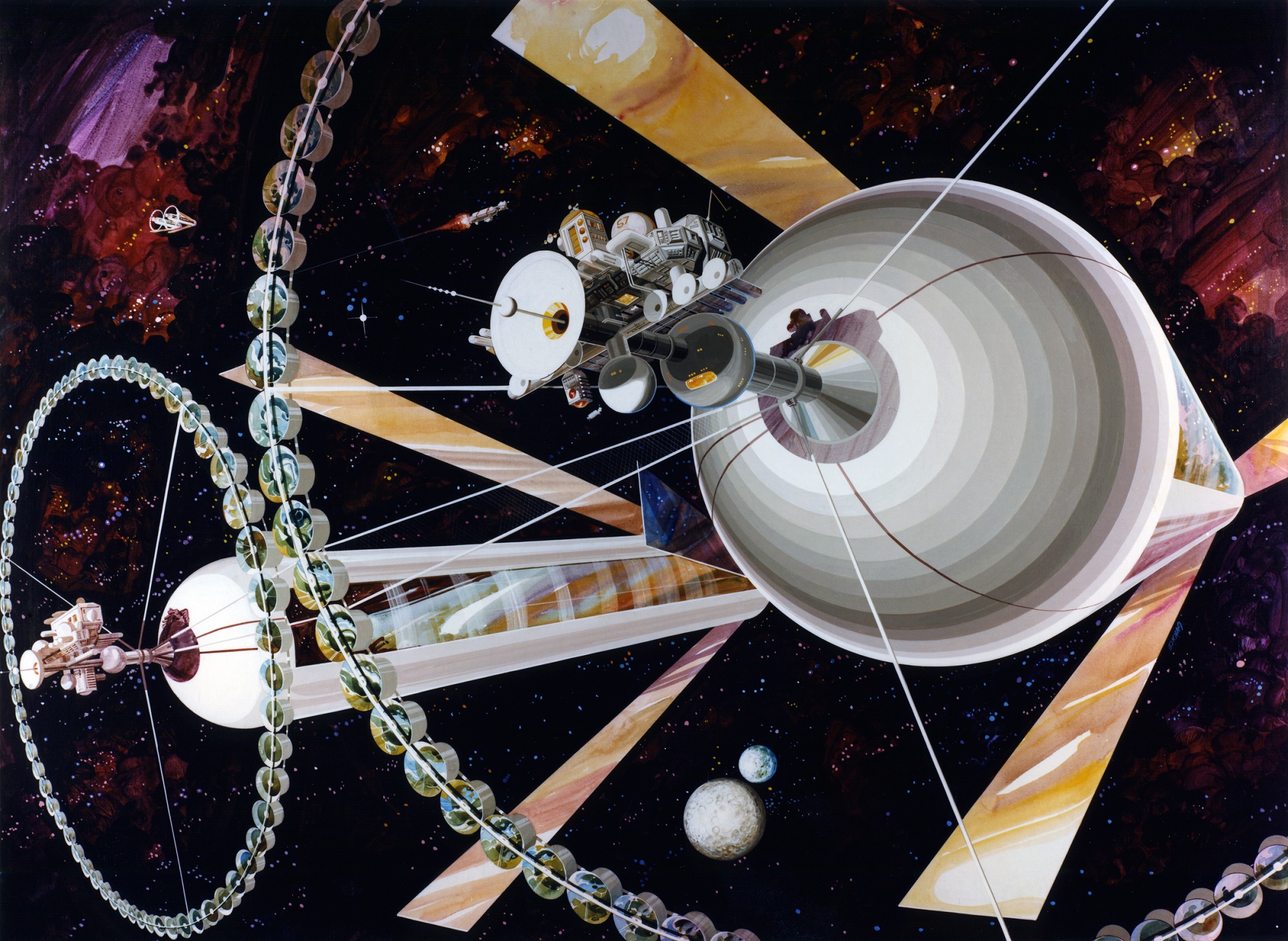When astronauts return to the Moon in the next few years, the plan is to have them stay for good while establishing a permanent outpost on Earth’s nearest celestial neighbor. Like all space missions, a lunar outpost will require fuel for long-term sustainability, but would it be better to mine fuel on the Moon or get fuel resupply from the Earth? This is what a team of researchers led by Bocconi University in Italy hope to address as they addressed the best option in terms of deriving fuel from either the Earth or the Moon.
Continue reading “The Moon is the Best Place to Transport Rocket Fuel”Perseverance Sees Drifting Clouds on Mars

NASA’s Perseverance rover mission provided a bluish pre-sunrise gift above Jezero Crater on March 18, 2022, aka Sol 738, or the 738th Martian day of the mission, with “sol” being the official timekeeping method for Mars missions since one Martian day is approximately 40 minutes longer than one Earth day. And, on this particular sol, the car-sized explorer used one of its navigation cameras (Navcam) to snap images of high-altitude clouds drifting in the Martian sky, which it shared on its officially Twitter page on March 23, 2023.
Continue reading “Perseverance Sees Drifting Clouds on Mars”A Human Migration to Space is NOT so Inevitable, says New Research
“It is possible even with existing technology, if done in the most efficient ways. New methods are needed, but none goes beyond the range of present-day knowledge. The challenge is to bring the goal of space colonization into economic feasibility now, and the key is to treat the region beyond Earth not as a void but as a culture medium, rich in matter and energy. Then, in a time short enough to be useful, the exponential growth of colonies can reach the point at which the colonies can be of great benefit to the entire human race.”
-Gerard K. O’Neill, The Colonization of Space, 1974
During the 1960s and 70s, coinciding with the height of the Space Age, scientists pondered how human beings could one day live in space. Among the many benefits, the migration of humans and industry to other celestial bodies and orbiting habitats presented a possible solution to overpopulation and environmental degradation. As O’Neill suggested in his writings, the key was to make this migration an economically feasible venture. Given the renewed efforts to explore space that are now underway and the rise of commercial space (NewSpace), there is a growing sense that humanity’s migration to space is within reach – and even inevitable.
But to paraphrase famed British historian AJP Taylor, “nothing is inevitable until it happens.” In a new study, Cornell graduate researcher Morgan A. Irons and Norfolk Institute co-founder and executive director Lee G. Irons reviewed a century of scientific studies to develop the Pancosmorio (“World Limit”) theory. They concluded that specific life-sustaining conditions on Earth that are available nowhere else in the Solar System could be the very thing that inhibits our expansion into space. Without an Earth-like “self-restoring order, capacity, and organization,” they argue, space settlements would fail to be sustainable and collapse before long.
Continue reading “A Human Migration to Space is NOT so Inevitable, says New Research”JWST Sees the Same Supernova Three Times in an Epic Gravitational Lens
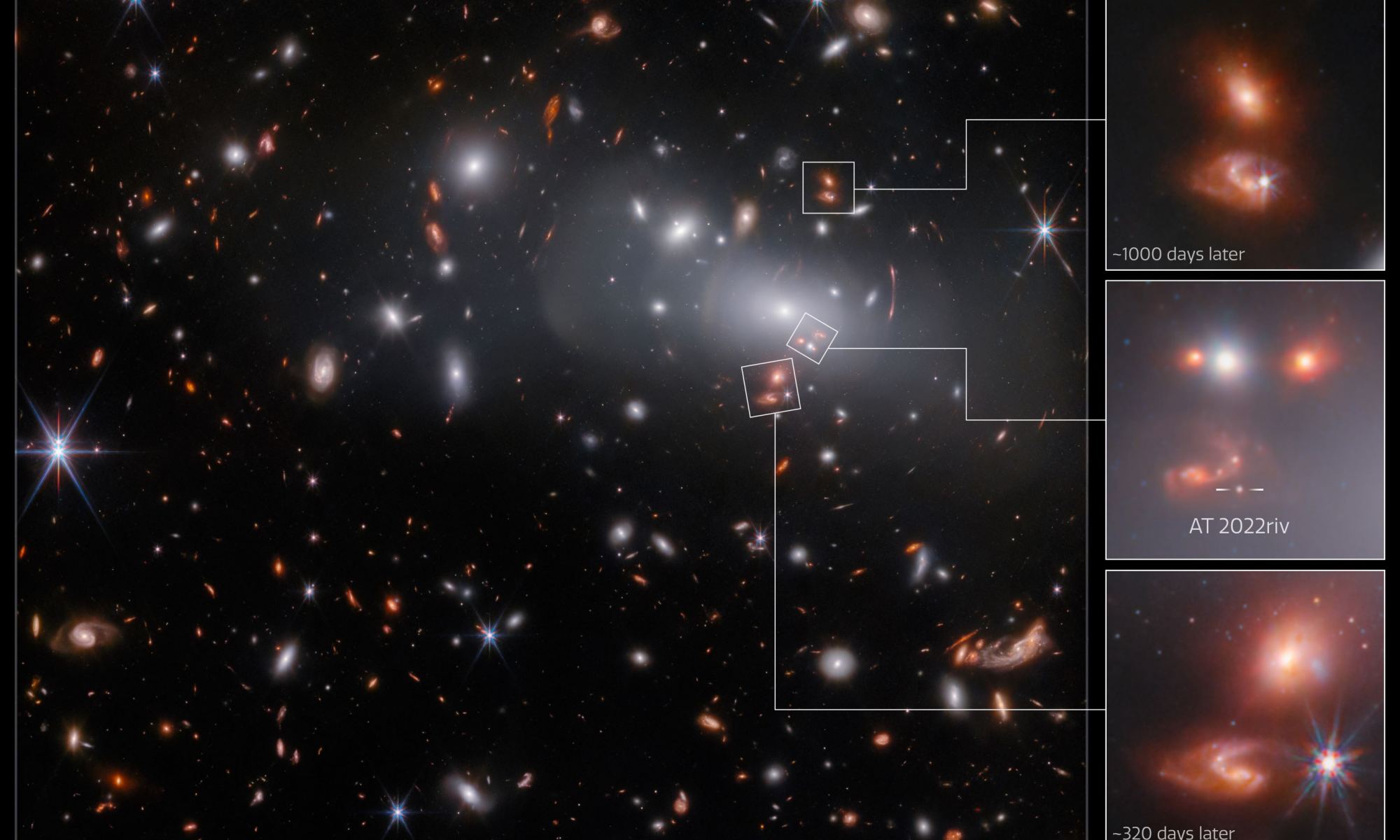
The NASA/European Space Agency (ESA)/Canadian Space Agency (CSA) James Webb Space Telescope (JWST) mission continues to dazzle and amaze with every image it beams back to Earth, and a recent observation depicting not one, not two, but three images of the same galaxy has been no different, as they proudly tweeted on February 28, 2023.
Continue reading “JWST Sees the Same Supernova Three Times in an Epic Gravitational Lens”Meteorites are Contaminated Quickly When They Reach Earth
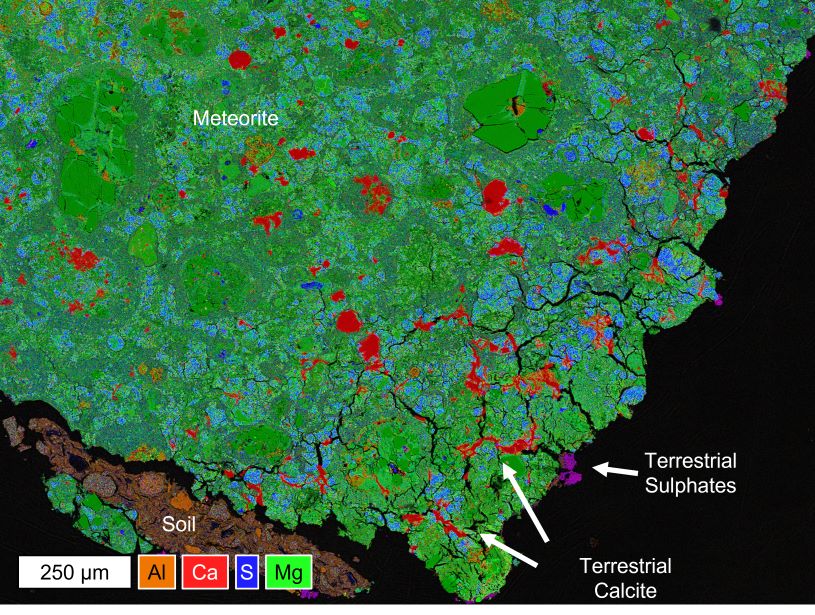
On Earth, geologists study rocks to help better understand the history of our planet. In contrast, planetary geologists study meteorites to help better understand the history of our solar system. While these space rocks put on quite the spectacle when they enter our atmosphere at high speeds, they also offer insights into both the formation and evolution of the solar system and the planetary bodies that encompass it. But what happens as a meteorite traverses our thick atmosphere and lands on the Earth? Does it stay in its pristine condition for scientists to study? How quickly should we contain the meteorite before the many geological processes that make up our planet contaminate the specimen? How does this contamination affect how the meteorite is studied?
Continue reading “Meteorites are Contaminated Quickly When They Reach Earth”Magnetars are Extreme in Every Way, Even Their Volcanoes
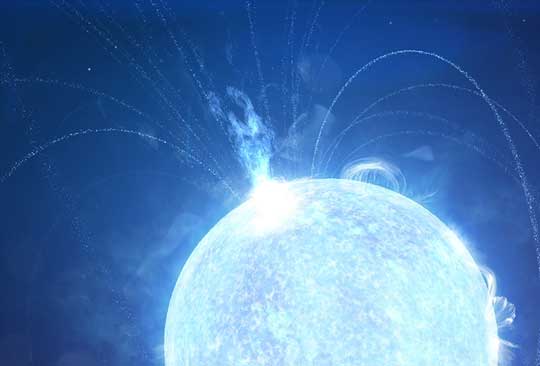
In a recent study published in Nature Astronomy, an international team of researchers led by NASA and The George Washington University examined data from an October 2020 detection of what’s known as a “large spin-down glitch event”, also known as an “anti-glitch”, from a type of neutron star known as a magnetar called SGR 1935+2154 and located approximately 30,000 light-years from Earth, with SGR standing for soft gamma repeaters. Such events occur when the magnetar experiences a sudden decrease in its rotation rate, which in this case was followed by three types of radio bursts known as extragalactic fast radio bursts (FRBs) and then pulsed radio emissions for one month straight after the initial rotation rate decrease.
Continue reading “Magnetars are Extreme in Every Way, Even Their Volcanoes”Astronomers still scratching their heads over population of ocean-world exoplanets
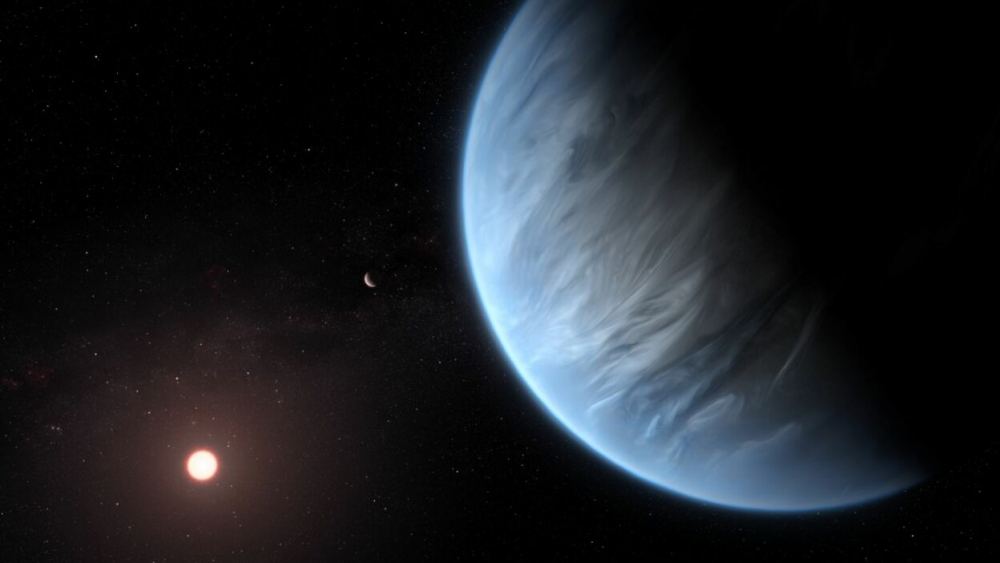
In a recent study submitted to The Astrophysical Journal Letters, an international team of researchers led by the University of California, Los Angeles (UCLA) examine the potential for water-worlds around M-dwarf stars. Water-worlds, also known as ocean worlds, are planets that possess bodies of liquid water either directly on its surface, such as Earth, or somewhere beneath it, such as Jupiter’s moon, Europa and Saturn’s moon, Enceladus.
Continue reading “Astronomers still scratching their heads over population of ocean-world exoplanets”Freezing Ocean Might Not Be Responsible for Cryovolcanic Flows on Pluto’s Moon, Charon
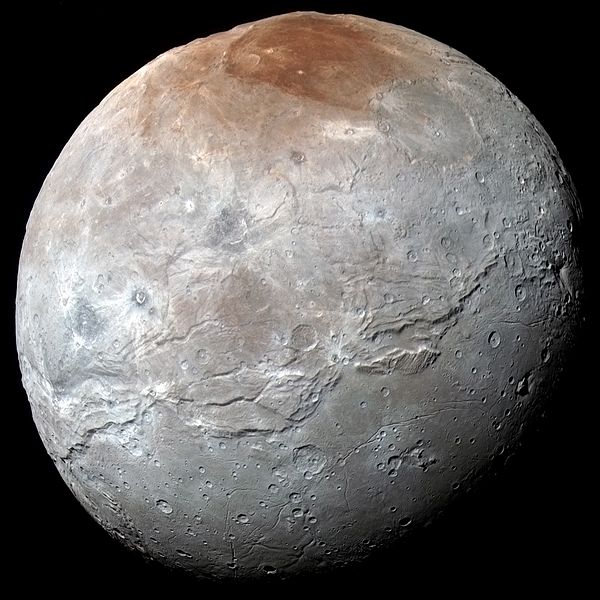
In a recent study scheduled to be published in the journal Icarus in March 2023, a team of researchers led by the Southwest Research Institute (SwRI) modeled a potential correlation between an ancient freezing ocean with cryovolcanic flows and surface canyons on Pluto’s largest moon, Charon. Their hypothesis was that when Charon’s interior ocean froze long ago, the significant stress put on the icy outer shell from the addition of more ice to the bottom of the existing shell could have been responsible for the cryovolcanic flows on the surface.
Continue reading “Freezing Ocean Might Not Be Responsible for Cryovolcanic Flows on Pluto’s Moon, Charon”The Outer Solar System Supplied a Surprising Amount of Earth’s Water
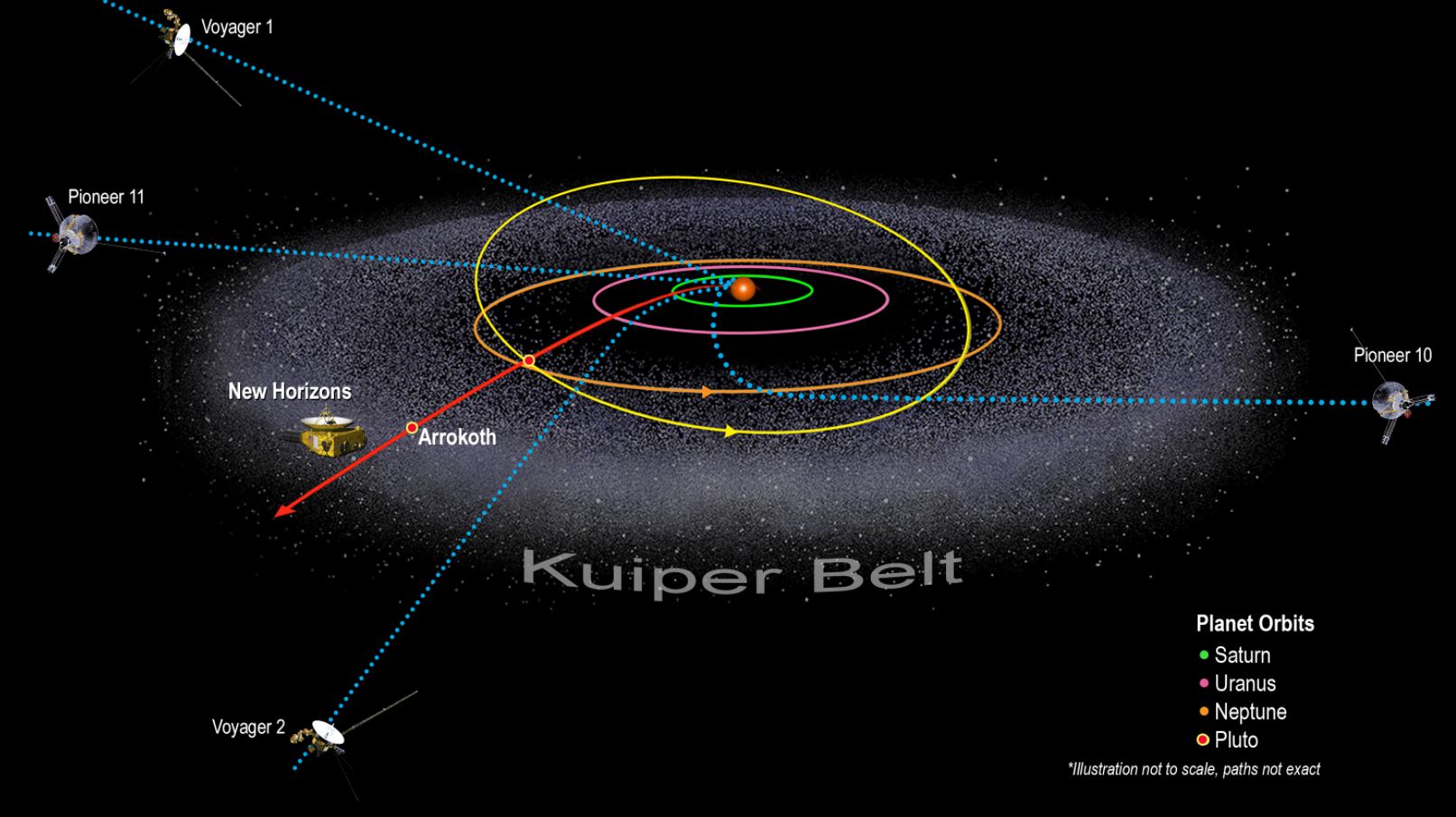
In a recent study published in Science, a team of researchers at Imperial College London examined 18 meteorites containing the volatile element zinc to help determine their origin, as it has been long hypothesized that Earth’s volatiles materials, including water, were derived from asteroids closer to our home planet. However, their results potentially indicate a much different origin story.
Continue reading “The Outer Solar System Supplied a Surprising Amount of Earth’s Water”Scientists Examine Geological Processes of Monad Regio on Neptune’s Largest Moon, Triton

In a recent study submitted to the journal Icarus, a team of researchers at the International Research School of Planetary Science (IRSPS) located at the D’Annunzio University of Chieti-Pescara in Italy conducted a geological analysis of a region on Neptune’s largest moon, Triton, known as Monad Regio to ascertain the geological processes responsible for shaping its surface during its history, and possibly today. These include what are known as endogenic and exogenic processes, which constitute geologic processes occurring internally (endo-) and externally (exo-) on a celestial body. So, what new insights into planetary geologic processes can we learn from this examination of Monad Regio?
Continue reading “Scientists Examine Geological Processes of Monad Regio on Neptune’s Largest Moon, Triton”
